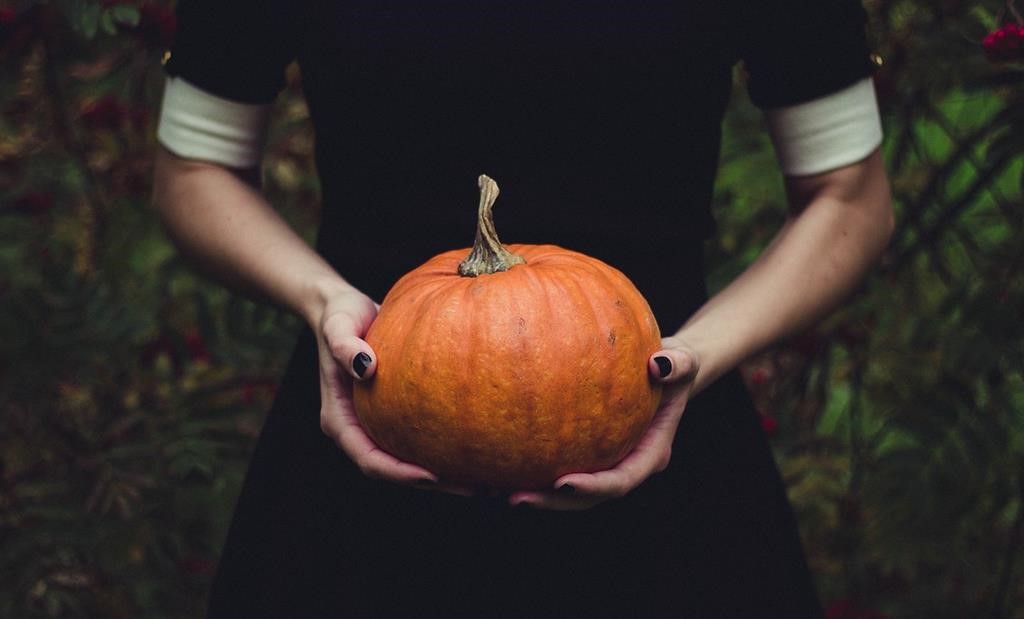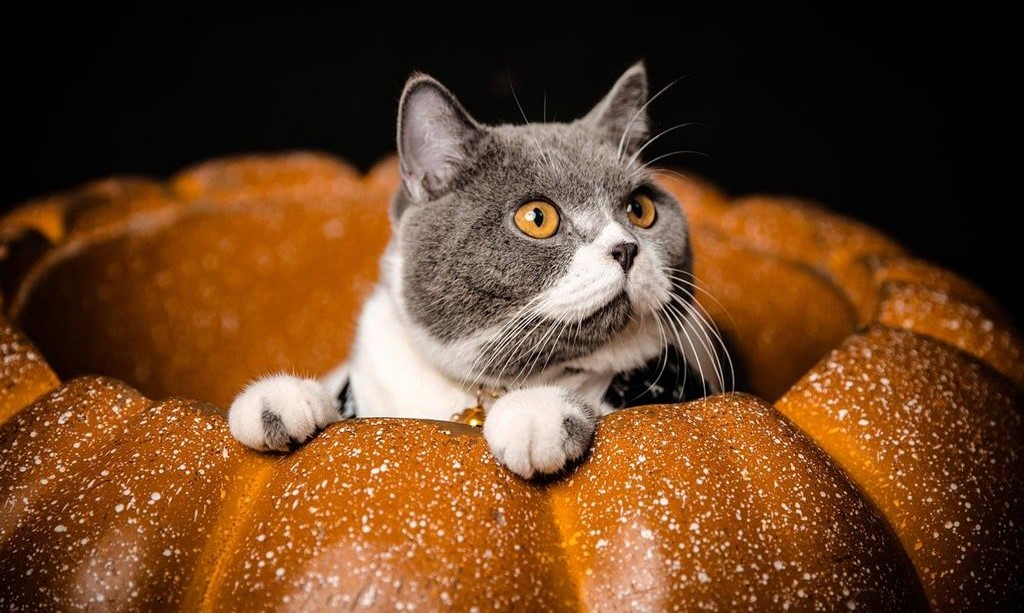Pumpkin, with its vibrant orange color and delicious flavor, is a beloved autumn staple for humans. But what about our feline companions? Many cat owners wonder whether pumpkin is suitable for their pets and whether it offers any health benefits. In this article, we will explore the uses, benefits, and precautions associated with feeding pumpkin to cats.
Understanding Cat Nutrition
Before delving into the specifics of pumpkin for cats, it’s crucial to understand the typical dietary needs of these enigmatic creatures. Cats are obligate carnivores, meaning their bodies have evolved to thrive on a diet primarily composed of animal-based proteins. Their digestive systems are optimized for extracting nutrients from meat, and their nutritional requirements include essential amino acids, vitamins, and minerals such as taurine, vitamin A, and arachidonic acid.
Key components of a cat’s diet include high-quality proteins, essential amino acids, fatty acids, vitamins, and minerals. These nutrients are crucial for maintaining a cat’s overall health, including their coat, skin, and organ function.
Can Cats Eat Pumpkin?
Pumpkin is generally considered safe for cats and can offer several potential benefits, including:
- Digestive Health: Pumpkin is often used as a natural remedy for digestive issues in cats, such as constipation and diarrhea. The high fiber content in pumpkin can help regulate bowel movements. It can absorb excess water in the intestines, which can firm up loose stools, and it can soften stools in cases of constipation.
- Weight Management: Pumpkin is low in calories, making it a suitable option for cats who need to lose weight or maintain a healthy weight. It can be used as a filler to help cats feel full without adding many calories to their diet.
- Urinary Health: The water content in pumpkin can help increase a cat’s overall water intake, which is beneficial for urinary health. Adequate hydration is essential in preventing urinary tract issues like urinary crystals or stones.
- Nutrient Source: Pumpkin contains essential nutrients such as vitamins A, C, and E, as well as minerals like potassium, which can contribute to a cat’s overall well-being.

How to Feed Pumpkin to Cats
If you decide to incorporate pumpkin into your cat’s diet, here are some guidelines to follow:
- Pureed or Canned Pumpkin: Use plain, pureed pumpkin or canned pumpkin without added spices, sugars, or preservatives. Do not use pumpkin pie filling, as it contains added sugars and spices that can be harmful to cats.
- Small Amounts: Offer pumpkin in small quantities, typically as a treat or an occasional dietary addition, rather than as a primary food source.
- Consult with a Veterinarian: Before adding pumpkin to your cat’s diet, especially if it’s for the treatment of a specific condition, consult with your veterinarian. They can provide guidance on the appropriate amount and frequency of pumpkin for your cat’s unique needs.
- Monitor for Allergies: Cats can develop allergies or sensitivities to various foods, including pumpkin. If you notice any adverse reactions, discontinue offering pumpkin.
FAQs about whether pumpkin is good for cats:
-
Is Pumpkin Safe for Cats to Eat?
- Yes, pumpkin is generally safe for cats to eat in moderation. It’s a low-calorie and nutrient-rich food that can be beneficial for their digestion and overall health.
-
Can Cats Eat Raw Pumpkin?
- While cats can technically eat raw pumpkin, it’s recommended to cook or puree it before feeding it to them. Raw pumpkin can be tough on a cat’s digestive system, so cooking or pureeing it makes it easier for them to digest.
-
What Are the Benefits of Feeding Cats Pumpkin?
- Pumpkin can offer several benefits for cats. It is a good source of fiber, which can help with digestive issues like constipation or diarrhea. The fiber content can also promote a feeling of fullness, potentially aiding in weight management.
-
How Much Pumpkin Should I Feed My Cat?
- The amount of pumpkin to feed your cat depends on their size and specific needs. Generally, it’s recommended to start with a small amount, such as a teaspoon, and gradually increase if needed. Always consult your veterinarian for specific guidance based on your cat’s health.
-
Can Pumpkin Help with Cat Hairballs?
- Pumpkin’s fiber content may help reduce the formation of hairballs in cats. The extra fiber can help move hair through the digestive tract, making it easier for cats to pass hairballs in their stool.
-
Are There Any Risks Associated with Feeding Cats Pumpkin?
- Pumpkin is generally safe for cats, but there can be risks if it’s overfed. Feeding too much pumpkin can lead to diarrhea or digestive upset. Additionally, if you’re using canned pumpkin, make sure it’s plain pumpkin puree without any added sugars or spices, as those can be harmful to cats.
Always consult your veterinarian before making significant changes to your cat’s diet or if you have any concerns about their health or nutrition. They can provide personalized advice based on your cat’s specific needs and any underlying health conditions.
Conclusion
In conclusion, pumpkin can be a beneficial dietary addition for cats when used in moderation and under veterinary guidance. It offers potential benefits for digestive health, weight management, and overall well-being. However, pumpkin should not replace a balanced, meat-based diet, as cats are obligate carnivores. Always prioritize a balanced diet that meets your cat’s nutritional needs, and consult with your veterinarian if you have concerns or questions about incorporating pumpkin into your pet’s diet. When used correctly, pumpkin can be a valuable and healthy addition to your cat’s treat options.



